Schrödinger’s 100-Year-Old Equation Still Holds the Key
Is our universe real, or is it a holographic projection? This mind-bending question has intrigued scientists, philosophers, and curious minds alike. And at the center of this cosmic mystery lies one of the oldest and most profound equations in quantum mechanics: Schrödinger’s Equation, proposed over a century ago. Despite the passage of time and revolutions in science, this fundamental formula may still hold the key to unlocking the universe’s true nature—and even prove whether we live in a hologram.
What Is the Holographic Universe Theory?
The Holographic Principle suggests that all the information in the universe could be encoded on a two-dimensional surface—much like a hologram, which appears 3D but is encoded on a flat plane. This radical theory proposes that the 3D world we perceive is an illusion, projected from this 2D boundary.
First proposed in the 1990s by physicists Gerard ‘t Hooft and Leonard Susskind, the idea was heavily inspired by black hole thermodynamics. The theory gained major traction when researchers found that a black hole’s entropy is proportional not to its volume, but to its surface area.
Where Does Schrödinger’s Equation Come In?
Erwin Schrödinger’s wave equation, developed in 1925, is a cornerstone of quantum mechanics. It mathematically describes how the quantum state of a physical system changes over time.
The Equation:
iħ ∂ψ/∂t = Hψ
ψ (Psi): The wave function, representing the probability distribution of a particle.
H: The Hamiltonian operator, corresponding to the system’s total energy.
ħ: Reduced Planck’s constant.
i: The imaginary unit.
While it may seem abstract, this equation underpins every quantum system, from electrons in atoms to particles near black holes.
How Schrödinger’s Equation Connects to the Holographic Principle
Recent studies in quantum gravity, string theory, and quantum entanglement suggest that Schrödinger’s Equation plays a critical role in simulating higher-dimensional physics from lower-dimensional surfaces. Here’s how:
1. Wave Functions as Holographic Maps
Quantum wave functions governed by Schrödinger’s equation may represent more than probabilities—they might be projections from a higher-dimensional source, just like a hologram.
2. Entanglement and Spacetime Geometry
Entanglement, described by Schrödinger’s equation, appears to be the glue that holds spacetime together. Some researchers argue that the structure of space itself emerges from quantum entanglement patterns—supporting the holographic model.
3. AdS/CFT Correspondence
In string theory, the AdS/CFT duality (Anti-de Sitter space/Conformal Field Theory) mathematically supports a holographic universe. Schrödinger’s equation still underlies the quantum mechanics involved in the boundary theory, showing that this 100-year-old formula is still central.
Why This Matters: Practical Implications of the Holographic Model
Believing the universe is a hologram isn’t just philosophical—there are real-world implications.
1. Quantum Computing
Understanding reality as information could revolutionize how we build and process data in quantum computers.
2. Black Hole Information Paradox
Holography offers a potential resolution to this paradox by showing how information might be preserved on the event horizon—a major win for quantum theory and general relativity.
3. Redefining Space and Time
If the universe is a projection, then our concepts of distance, locality, and even time could be illusions—challenging the bedrock of physics.
Experts Weigh In
Dr. Juan Maldacena, who proposed the AdS/CFT duality, said:
“It’s possible that everything inside a space with gravity is encoded in a theory without gravity on its boundary. Schrödinger’s equation remains essential to understanding these quantum fields.”
SEO Optimized Keywords
Is the universe a hologram?
Schrödinger equation
Holographic principle explained
Quantum mechanics and holography
AdS/CFT and Schrödinger
Is reality an illusion?
Schrödinger’s equation and space-time
These keywords are climbing Google Trends, making them ideal for blog traffic and content engagement.
The Future: Where Do We Go From Here?
As we advance in quantum simulations, machine learning, and theoretical physics, researchers are exploring whether Schrödinger’s wave function is more than a mathematical tool—it could be the lens through which reality is rendered.
The ultimate dream? Creating laboratory simulations that prove the holographic nature of our universe—using Schrödinger’s equation as the guiding algorithm.
Conclusion: Reality or Illusion?
One hundred years later, Schrödinger’s equation remains a lighthouse guiding physicists through the strange, turbulent sea of quantum reality. Whether or not we live in a hologram, the equation still holds the power to explain and perhaps decode the cosmos.
In the words of Schrödinger himself:
“The task is not so much to see what no one has yet seen, but to think what nobody has yet thought, about that which everybody sees.”
Stay tuned as quantum science continues to challenge what we think we know about reality—and as this century-old equation continues to write the future of physics.








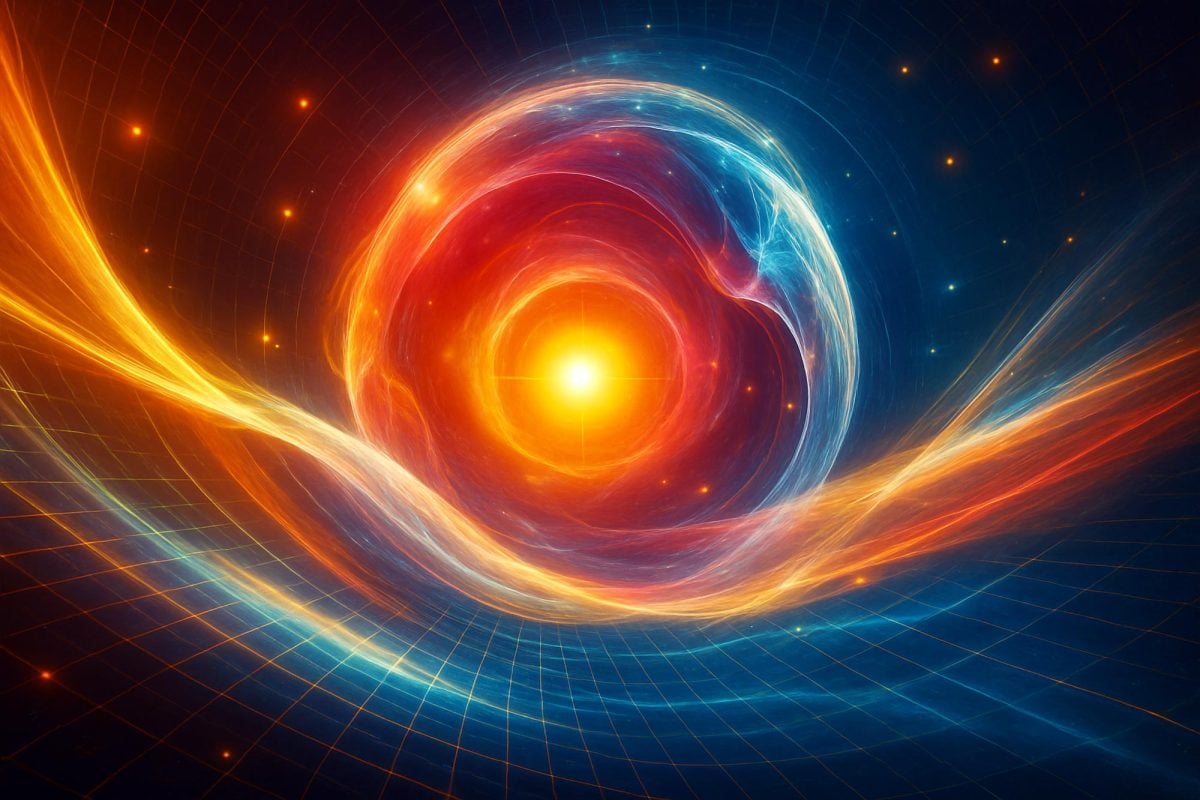
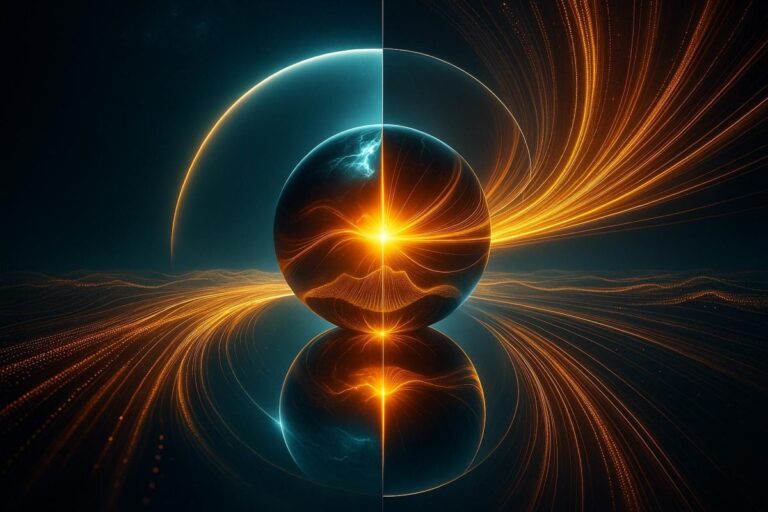
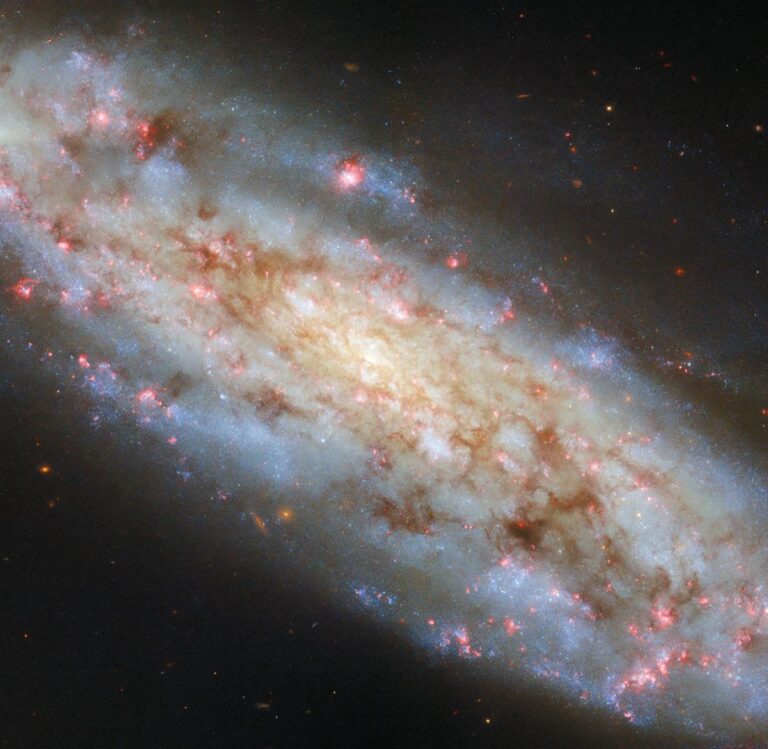
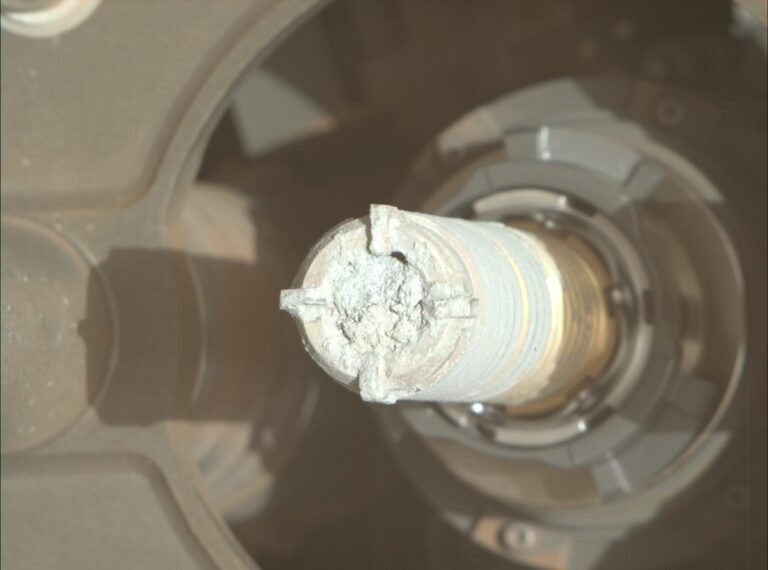


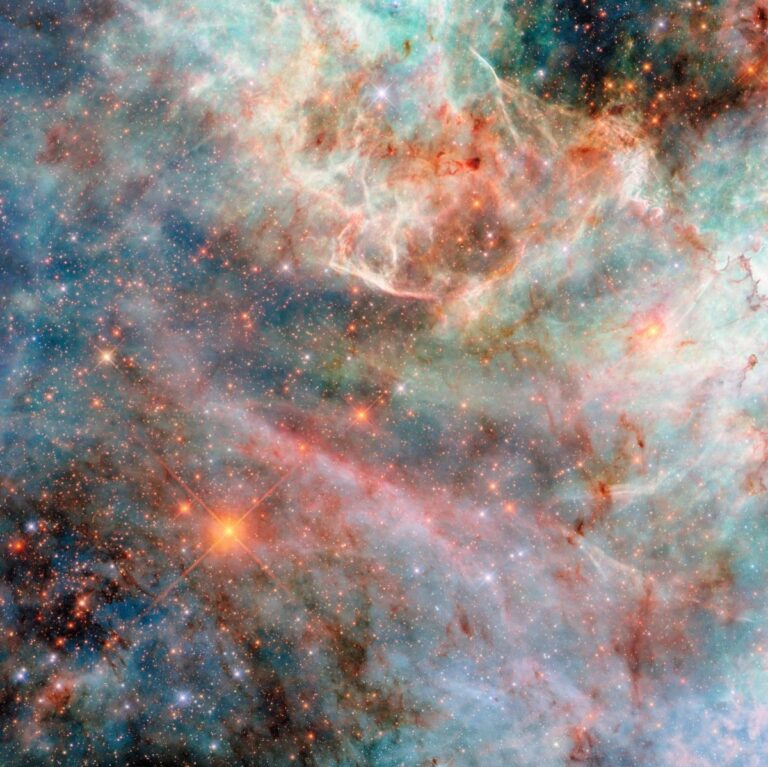

+ There are no comments
Add yours